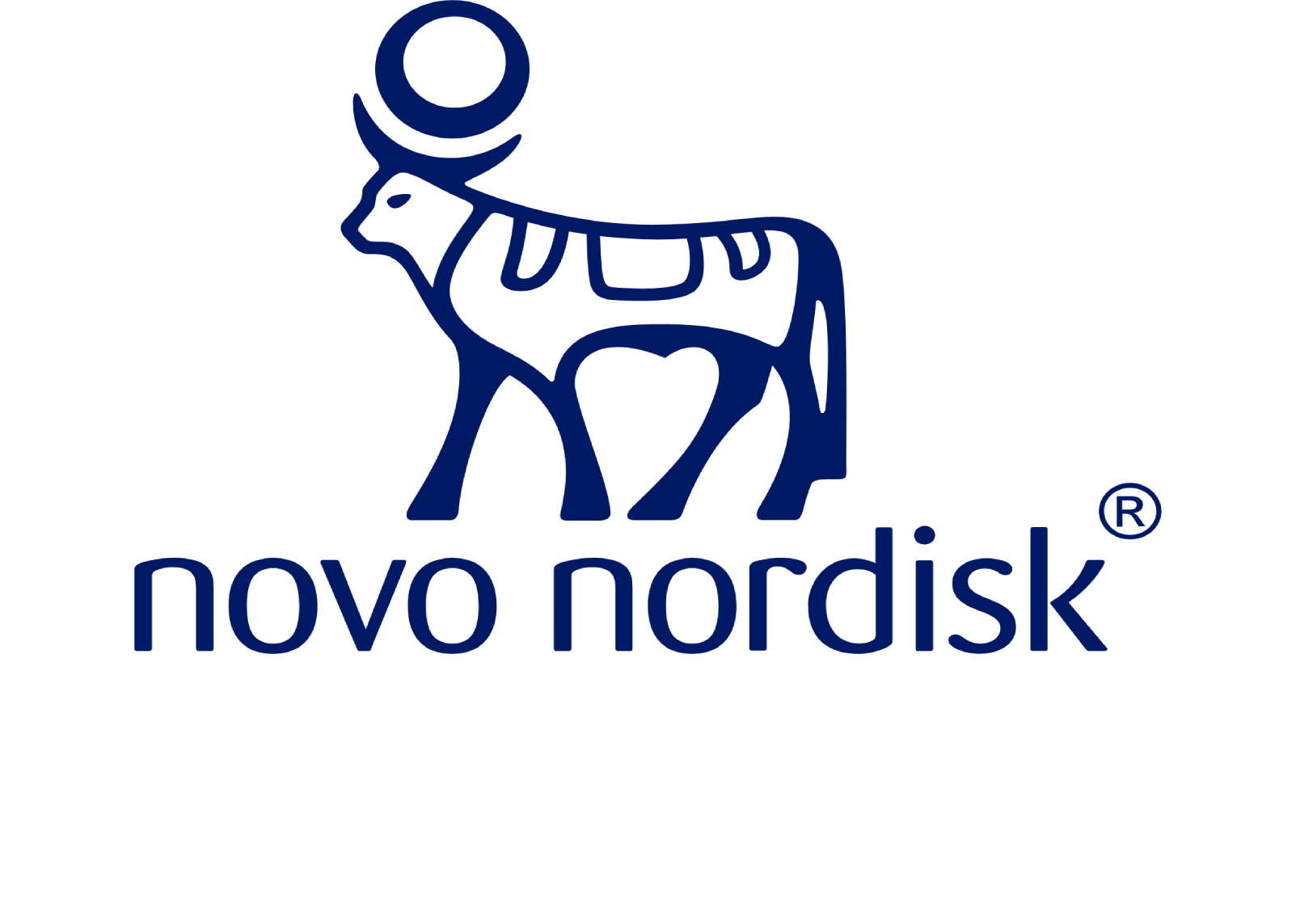Days to minutes
Revolutionising the chromatography process
A diverse team of software engineers, data analysts, UX/UI designers, and machine learning experts have automated a human process, cutting down on errors and speeding up research and development.
As the digital revolution in life science continues, and as precision remain vital, technical roles are increasingly playing a pivotal role in automating historically manual processes.
And, for the first time, these crucial roles are now also coders, front and back-end developers, full-stack engineers, and UI/UX designers. They are among the backstage unsung heroes whose expertise is needed to digitise critical operations in life sciences. Whether they’re helping to automate time-heavy techniques, or creating new, reliable solutions, their work is ultimately accelerating the pace of drug development and – without understating it – saving lives.
A far cry from a few decades ago where most of the IT you’d see in a life sciences building was those resetting the laptops.
One such collaboration between the left and right brains of Novo Nordisk was evident with the automation of chromatography analysis.
Automating chromatography analysis
At Novo Nordisk, chromatography analysis is performed almost 1.5 million times a year. In fact, it’s the most common laboratory technique used in life sciences. It’s traditionally been a slow and laborious manual process, but in the context of scientific research, it plays a really important role in the separation of components. If you’re unsure what it means, don’t stress – it’s just as complicated as it sounds.
In the past, the tools used for chromatography analysis were clunky and inefficient, prolonging the process and often resulting in slow and inconsistent results. It could also take up to a day to get those results, which could then differ depending on which lab technician performed the analysis. What was more frustrating was that often it would take months to spot an error – and then you’d be back to the drawing board.
Recognising the need for a digital solution to improve this process, Novo Nordisk set out to automate this essential technique – something that up until now had never been done.
Jesper Ferkinghoff Borg, Senior Director of Machine Learning, led a multidisciplinary team of technical experts, including front and back-end developers, UI/UX engineers, software engineers, data analysts and coders, to tackle this gigantic task.
And surprisingly, the data solution didn’t start with a computer.
The time required to perform a chromatography analysis was reduced from one day to just two minutes
Design thinking
Because the task was largely a human one, it needed a human-centric solution. To overcome this challenge, the team decided to adopt a "design thinking” approach. It involved engaging face-to-face with end-users across various departments, closely observing their interactions with old tools, and working through their workflow to discover what could possibly be automated.
The work involved constant feedback loops and working directly with the technicians to understand how the manual process worked, so the right solution could be created.
The result was a sophisticated in-house tool named BayesChrom. BayesChrom marked a significant improvement over the old technique and enhanced usability and speed –
In fact, there’s now an entire automatic computer room that completes the process 10,000 times a month.
Smarter drugs, created faster, with fewer mistakes.
BayesChrom doesn’t just save time and reduce human error, it also has real-world implications – namely, smarter drugs, created faster, with fewer mistakes. It has also become a base software on which different data analyst platforms can be built.
Translating technical talents to life sciences
So, we get the significance of technical advancement in the life sciences industry. But knowing what’s needed and then actually implementing it are two different things; we know the future lies in digital innovation, but also understand that it takes the work of multiple disciplines working together.
And that is the key philosophy on which innovations such as BayesChrom are made possible. People need to know how valuable their technical skills are, and how valuable their contributions can be.
BayesChrom is an instructive example of what happens when modern technical expertise is used to confront an old-school problem. Hopefully, as more digital talent enters this world, we’ll see a lot more awesome solutions to the challenges we face.
/f/239067/1920x1080/9df3c9e3ea/jesper_fallback.jpg)
/f/239067/1920x1080/f0326a9bec/aws_partnership_hero.gif)
/f/239067/1920x1080/35e085cad4/hero_fallback.jpg)
/f/239067/1920x1080/a26513bd2e/digital-innovation-hub-hero2.jpg)

